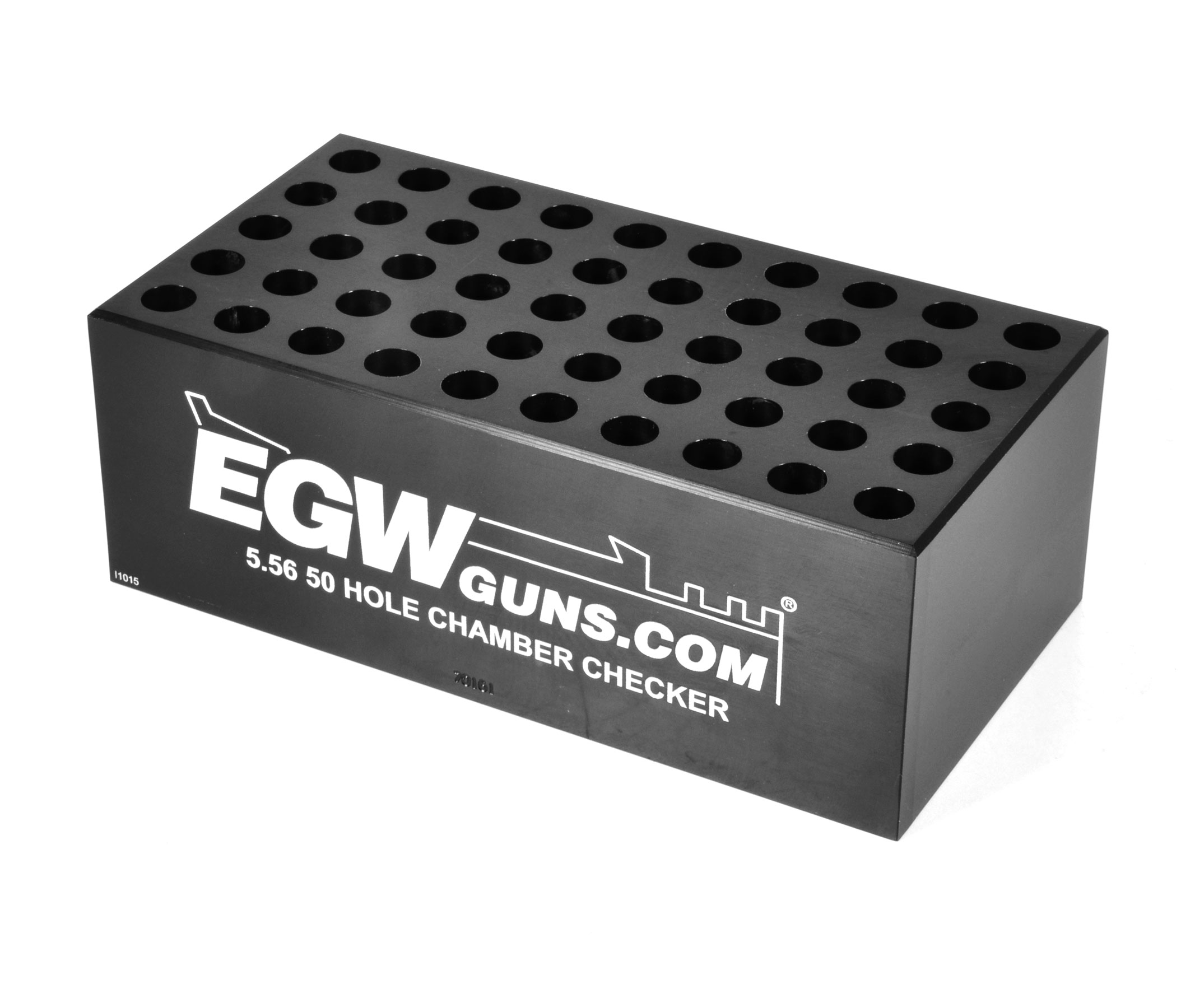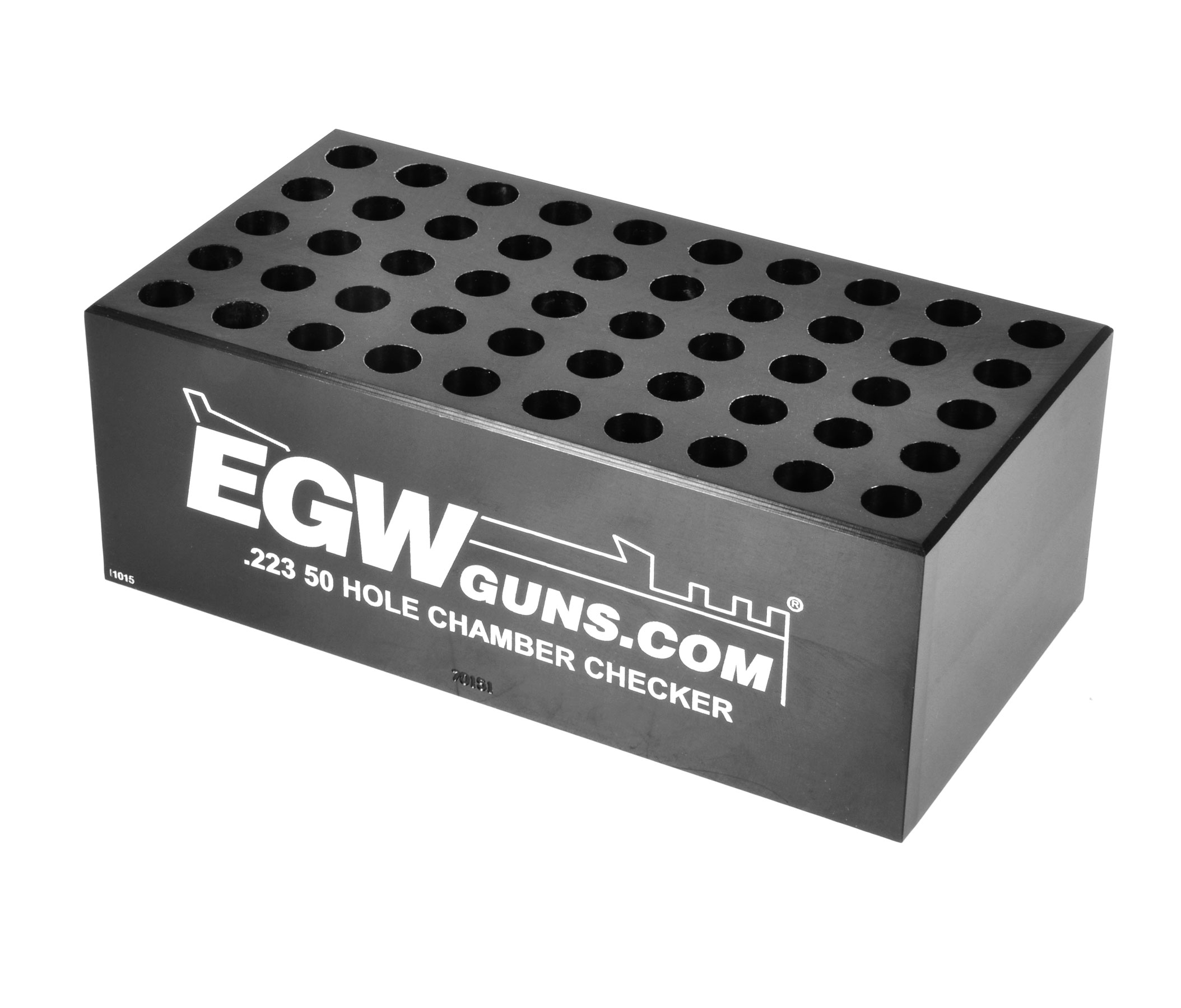Understanding the Differences Between 5.56 NATO and .223 Remington Chamber Checkers
5.56 NATO vs. .223 Remington: Are They Really the Same?
It's one of the most common questions in the shooting world, especially for AR-15 owners. The 5.56 NATO and .223 Remington cartridges look virtually identical, they're often sold side-by-side, and you see them discussed as if they're interchangeable.
So, does it matter which one you use? The short, critical answer is no, they are not the same.
While the cartridges share similar external dimensions, the primary differences lie in their internal pressure and the design of the rifle's chamber. 5.56 NATO is a military-grade cartridge loaded to a higher pressure than its civilian counterpart, .223 Remington. This isn't just a minor technicality—it has significant safety and performance implications based on your rifle's chamber.
Key Differences Explained
While often used in the same rifles like the AR-15, the subtle technical differences between these two cartridges are critical for safety and performance.
- Pressure: 5.56 NATO is loaded to a higher internal pressure than .223 Remington. Firing a high-pressure 5.56 NATO round in a rifle chambered for .223 Remington can cause an unsafe over-pressure event.
- Chamber Throat (Leade): A rifle chambered in 5.56 NATO has a longer throat, or "leade," which is the area before the rifling begins. This longer leade is designed to accommodate the higher pressure of the 5.56 cartridge. A .223 Remington chamber has a shorter, tighter throat.
The Ammunition & Rifle Compatibility Rule
The differences in pressure and chamber dimensions lead to a simple rule for what is safe to shoot:
- ✔ You CAN safely shoot .223 Remington ammunition in a rifle chambered for 5.56 NATO.
- ❌ You should NOT shoot 5.56 NATO ammunition in a rifle chambered only for .223 Remington.
Firing the high-pressure 5.56 NATO round in the tighter .223 Remington chamber can cause a dangerous pressure spike, potentially damaging the firearm and harming the shooter.
How This Applies to Chamber Checkers
This same safety principle applies to headspace or chamber checkers. A chamber checker is a precision tool used to verify that a round of ammunition will fit correctly within a firearm's chamber.

- A 5.56 NATO chamber checker is built to the larger, more accommodating military spec. Because a 5.56 chamber can safely accept both rounds, our 5.56 checker can be used to gauge both 5.56 NATO and .223 Remington cartridges.

- A .223 Remington chamber checker is built to the tighter civilian spec. It should only be used to check .223 Remington ammunition.
Using the correct chamber checker is a critical safety step, especially for handloaders, to ensure ammunition is within SAAMI specification.
Our Commitment to Precision
Our chamber checkers are machined using the same Clymer reamers that are used to cut rifle chambers, ensuring they are made to the minimum SAAMI spec. If a reloaded cartridge sticks in our gauge, it means the product is doing its job by identifying a round that is out of spec and potentially unsafe.







